Enter the battle of Chenin Blanc vs Sauvignon Blanc – two popular and distinct varietals that have been tantalizing palates for centuries.
What’s the Difference Between Chenin Blanc and Sauvignon Blanc Wines?
With their unique flavors, origins, and characteristics, these wines offer an intriguing exploration into the world of whites. So grab your corkscrew and get ready to embark on a delicious journey as we compare and contrast Sauvignon Blanc and Chenin Blanc – may the best wine win!
Understanding Sauvignon Blanc
Sauvignon Blanc is a white wine known for its refreshing acidity, herbaceous aromas, and vibrant flavors. Originating from the Bordeaux region of France, this grape variety has gained popularity worldwide for its distinct character among wine drinkers.
One of the unique characteristics of Sauvignon Blanc is its ability to reflect its terroir, which means that to produce wines from different regions can exhibit strikingly different profiles and refreshing flavors. For example, while Sauvignon Blanc from New Zealand displays intense tropical fruit flavors and zesty citrus notes, those from the Loire Valley in France have a more mineral-driven and flinty taste. The Loire valley is also home to Pinot Noir wines.
Modern winemaking techniques using stainless steel tanks produce medium bodied white wines with low residual sugar levels.
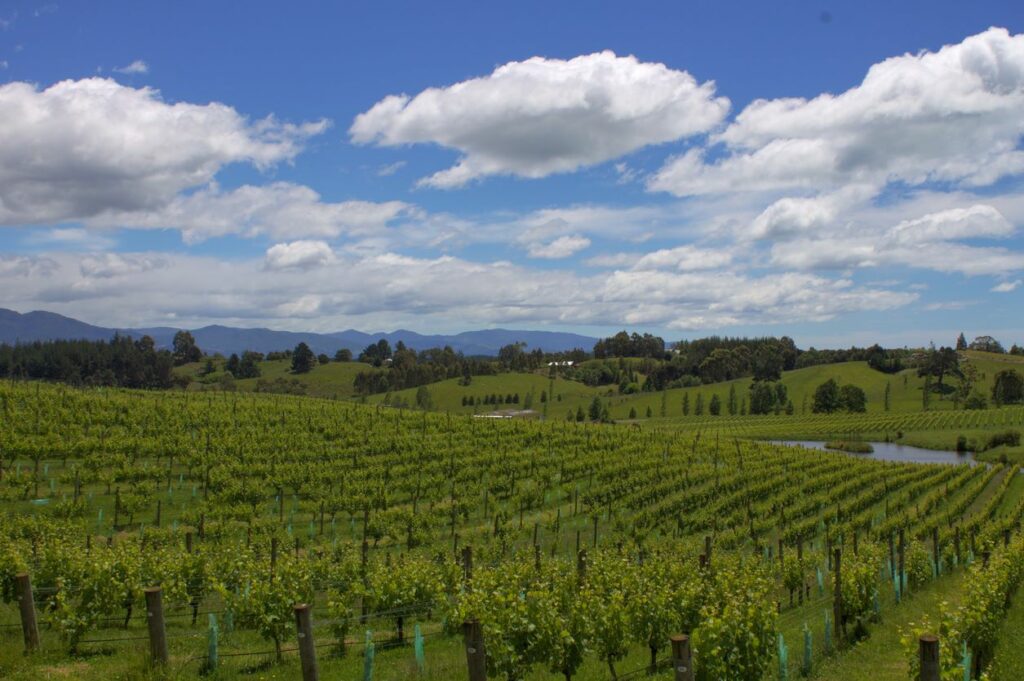
In recent years, winemakers have also been exploring various winemaking techniques to enhance the complexity of Sauvignon Blanc. One such technique involves aging the wine in oak barrels to add layers of creaminess and subtle vanilla nuances without sacrificing its freshness.
This new trend challenges traditional perceptions of Sauvignon Blanc as a purely crisp and light wine and opens up opportunities for food pairings beyond salads or seafood dishes. Additionally, some wineries are experimenting with blending Sauvignon Blanc with other grape varieties like Sémillon to create intriguing aromatic blends that offer a perfect balance between floral notes and rich textures.
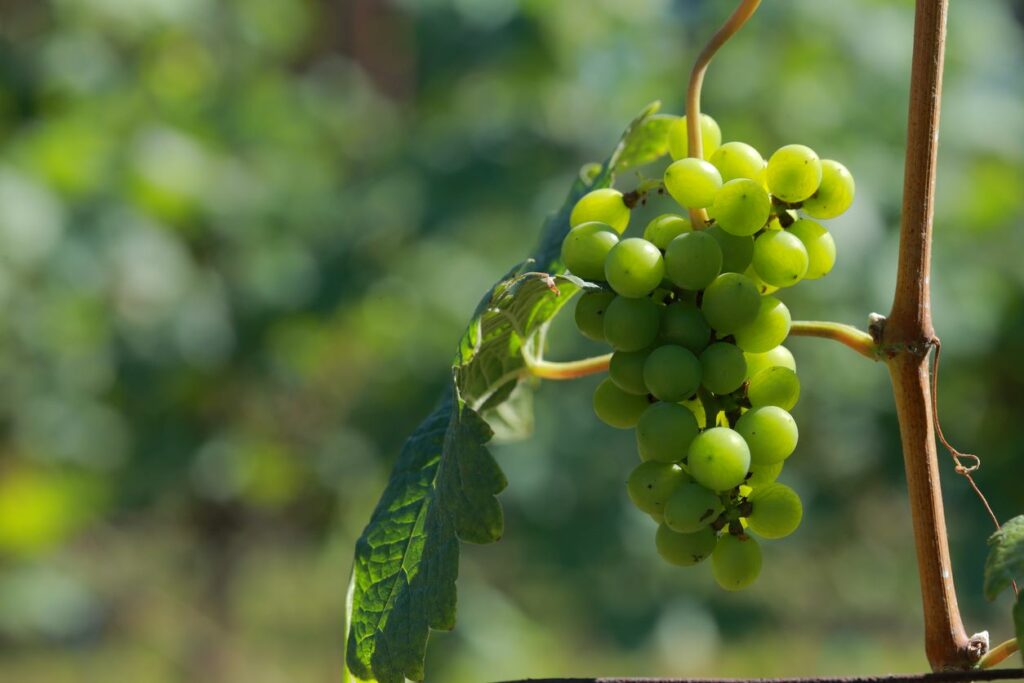
While it is easy to associate Sauvignon Blanc solely with bright summer days and outdoor festivities, this versatile white wine deserves more attention throughout the year. Its wide range of styles provides something for every palate – whether you prefer an exuberant New World expression or an elegant Old World interpretation.
South Africa is known for Sauvignon Blanc sparkling wine. This dry wine style reflects the versatility of these wine regions.
Origin and history of Chenin Blanc
Chenin Blanc also known as pineau de la Loire is a versatile white wine grape variety that has captured the attention of wine enthusiasts around the world. Originally from France’s Loire Valley, Chenin Blanc now thrives in many other wine regions, the wine world, including South Africa, New Zealand, and the United States.
Chenin Blanc Wine Characteristics
What makes Chenin Blancs so fascinating is its ability to also produce dry wines in a wide array of styles, ranging from bone-dry and crisp to rich over slightly sweet to sweet wines throughout.
Understanding Chenin Blanc
Chenin Blanc is a versatile white grape variety that has captured the attention of wine enthusiasts around the world. Originally from France’s Loire Valley, Chenin Blanc now thrives in many other wine regions, including South Africa, New Zealand, and the United States. What makes Chenin Blanc so fascinating is its ability to produce a wide array of styles, ranging from bone-dry and crisp to rich and sweet.
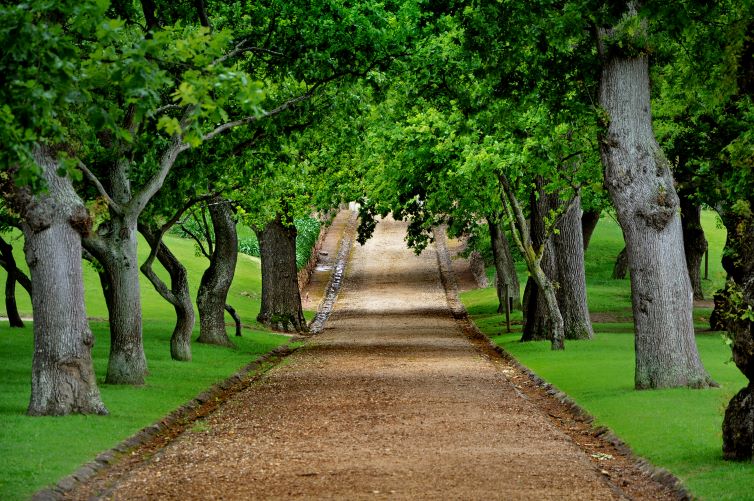
One of the key factors that sets Chenin Blanc apart is its naturally high acidity and levels. This natural acidity contributes to its refreshing character and gives it a brilliant aging potential. In fact, some of the best examples of Chenin Blanc can evolve beautifully over several decades, developing complex flavors and aromas as time goes by.
The diversity in styles is partly due to how winemakers handle Chenin Blanc grape varieties during the winemaking process. When harvested early and fermented at low temperatures, Chenin Blanc can yield an elegant and zesty wine with vibrant fruit flavors.
When Chenin Blanc is submitted to malolactic fermentation white wines with caramel notes and a buttery taste are obtained. These butter notes can also be found with other grapes like chardonnay which was submitted to malolactic fermentation. Both wines are a good match for creamy dishes.
On the other hand, if same grape is left on the vines for longer or subjected to botrytis (noble rot), it can result in luscious dessert wines with honeyed notes.
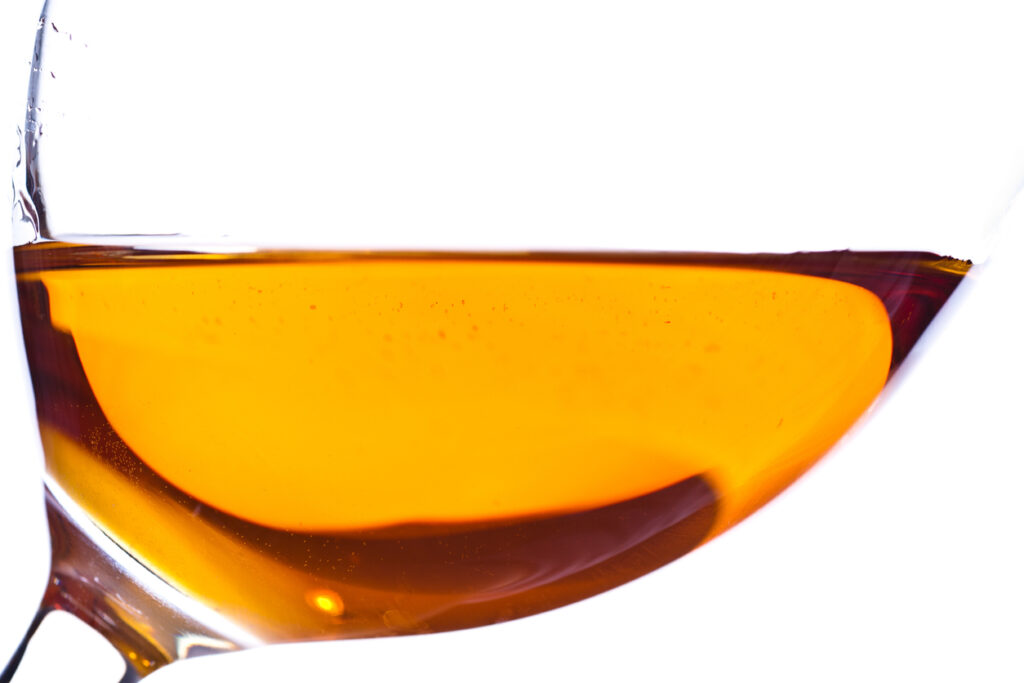
Chenin Blanc also showcases an impressive flavor profile that spans from green apple and citrus fruits to ripe stone fruits like peach or apricot. Its aromatic complexity often reveals floral notes such as honeysuckle or jasmine when aged or made into sparkling wines.
Flavor of Chenin Blanc and Sauvignon Blanc
Both Chenin Blanc and Sauvignon Blanc are popular white wine varietals. They offer distinct flavor profiles that appeal to different palates. Sauvignon Blanc is a versatile white wine often characterized by its crisp and refreshing taste, with prominent notes of citrus, green apple, and tropical fruits. Its high acidity gives it a vibrant zing on the palate, making it a perfect choice for those seeking a bright and invigorating wine experience.
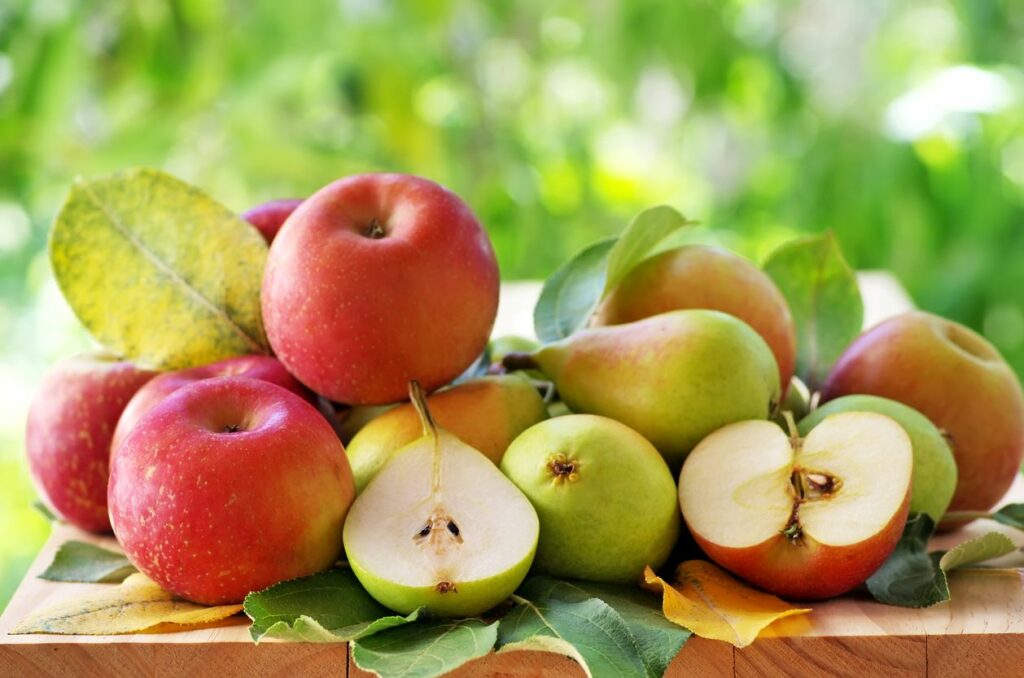
On the other hand, Chenin Blanc offers a more complex flavor profile that evolves as the wine ages. It typically exhibits flavors of ripe pear, honeydew melon, and quince, complemented by floral undertones of chamomile or honeysuckle.
With its moderate acidity and fuller body compared to Sauvignon Blanc, Chenin Blanc delivers a smoother mouthfeel that entices the senses.
Sweetness of Chenin Blanc vs Sauvignon Blanc
When it comes to the sweetness of white wine, the Sauvignon Blanc and Chenin Blanc are two contenders that offer distinct profiles. While both varietals of white grapes can exhibit varying levels of sweetness, a key difference lies in their underlying flavors.
Sauvignon blanc wines Sweetness
Sauvignon Blanc often showcases tropical fruit notes, such as pineapples and passionfruit, which can lend a rich but refreshing sweetness to the palate. On the other hand, Chenin Blanc is known for its honeyed aromas and flavors of apricot and nectarine, providing a luscious sweetness that is both indulgent and complex.
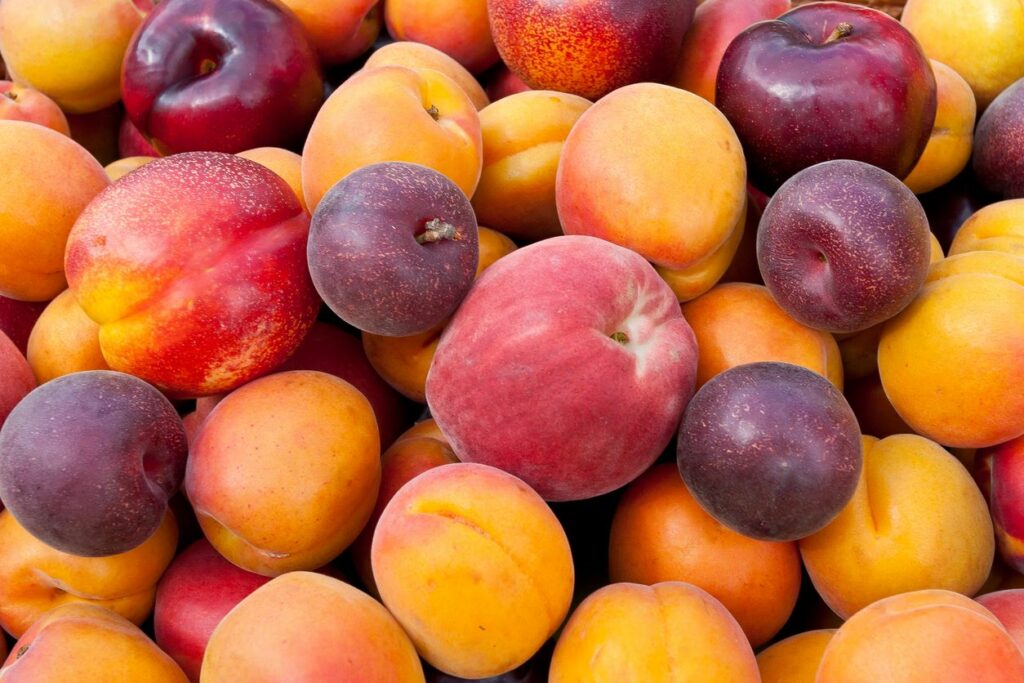
What sets these two wines apart is their acidity; while Sauvignon Blanc tends to have higher acidity that counterbalances its sweetness, Chenin Blanc offers a more rounded mouthfeel due to its comparatively lower acidity levels.
This difference in acidity also affects aging potential – with its crispness preserving the fruity flavors over time, Sauvignon Blanc remains vibrant even after a few years in bottle. In contrast, Chenin Blanc demonstrates an incredible ability to age gracefully, allowing its natural sugars to evolve into layers of caramelized honey while maintaining an inherent freshness.
Ultimately, whether you prefer the zesty tanginess of Sauvignon Blanc or the velvety richness of Chenin Blanc comes down to personal taste preference – either option promises moments of sheer delight for all wine lovers and enthusiasts. For Pinot Grigio drinkers a dry sauvignon blanc from either New Zealand or the Loire Valley are a perfect match.

Calories of Chenin Blanc vs Sauvignon Blanc
When it comes to choosing a refreshing wine, Sauvignon Blanc and Chenin Blanc often top the list. But have you ever wondered about the calorie content of these popular varietals? Let’s delve into the world of sparkling wine and calories and uncover the differences of Chenin Blanc vs Sauvignon Blanc.
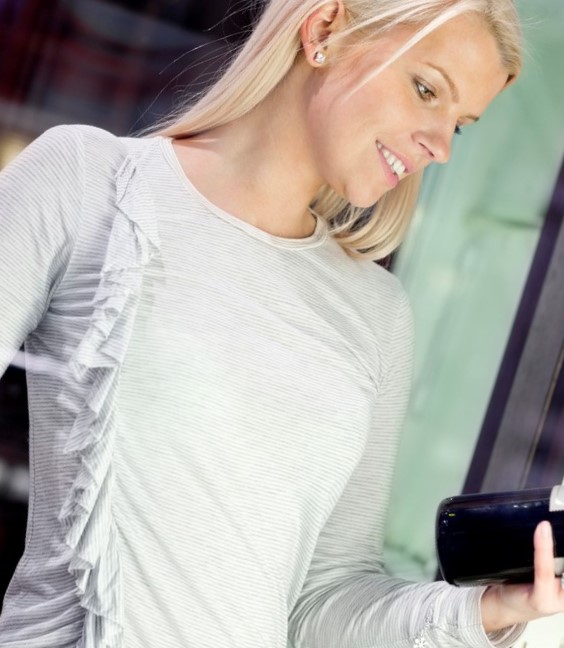
In terms of calories, both wines fall on the lighter side compared to other options. Sauvignon Blanc typically contains around 120-130 calories per 5-ounce serving, while Chenin Blanc weighs in slightly lower at approximately 115-125 calories for the same amount. This may come as a surprise considering that both wines offer vibrant flavors and delightful aromas.
It’s worth noting that despite their similar calorie content, there are subtle variations in taste and characteristics between these two varietals. Sauvignon Blanc is known for its crisp acidity, high notes of full citrus flavors, grassy undertones, and occasional hints of tropical fruit or herbs. On the other hand, Chenin Blanc often showcases a more rounded profile with flavors ranging from green apple to honeydew melon alongside delicate floral undertones. Ultimately, whether you prefer one over the other depends on your personal taste preferences and desired flavor profiles. When selecting your favorite white wine based on calories alone may not be necessary when all these flavorful nuances await your senses!
Sweetness of both chenin blanc vs sauvignon blanc compared
Many wine aficionados often debate about which white wine varietal is the sweetest. Sauvignon Blanc and Pinot Gris are generally known for their crisp, dry profiles, with only some versions displaying slight sweetness. Chenin Blanc, on the other hand, can range from bone-dry to lusciously sweet wine, making it a versatile choice for those with different preferences.

Chardonnay wine is typically considered a dry wine; however, some winemakers use oak aging or malolactic fermentation to enhance its buttery and creamy notes, giving an impression of sweetness without actual sugar content.
Ultimately, when looking for a sweet white wine experience look out for late harvest wines of Chenin Blanc and Sauvignon Blanc. They tend to be the standout choices for dessert wine drinkers among the options mentioned here due to its wide range of styles and potential sweetness levels.
Whether you prefer tangy Sauvignon Blancs or a velvety Chardonnay, exploring different wines allows for a delightful journey in discovering your preferred level of sweetness in white wines.
Alcohol content of Chenin Blanc and Sauvignon Blanc
Sauvignon Blanc and Chenin Blanc are two popular white wine varietals known for their distinct flavors and refreshing qualities. However, one aspect that sets them apart from other grapes in wine industry is their alcohol content. Sauvignon Blanc typically has a lower alcohol content compared to Chenin Blanc.
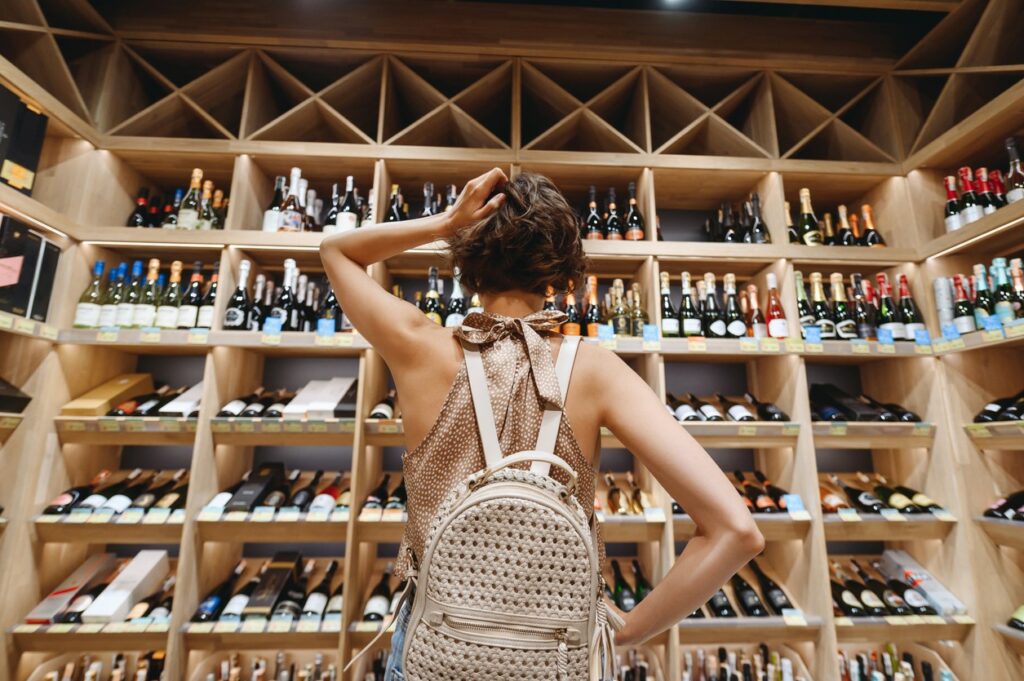
Chenin Blanc vs. Sauv Blanc Alcohol Content
On average, Sauvignon Blanc contains around 12-13% alcohol by volume (ABV), while Chenin Blanc tends to have a higher ABV at about 13-14%. The difference may seem subtle on paper, but it can create a noticeable disparity when tasting the wines side by side.
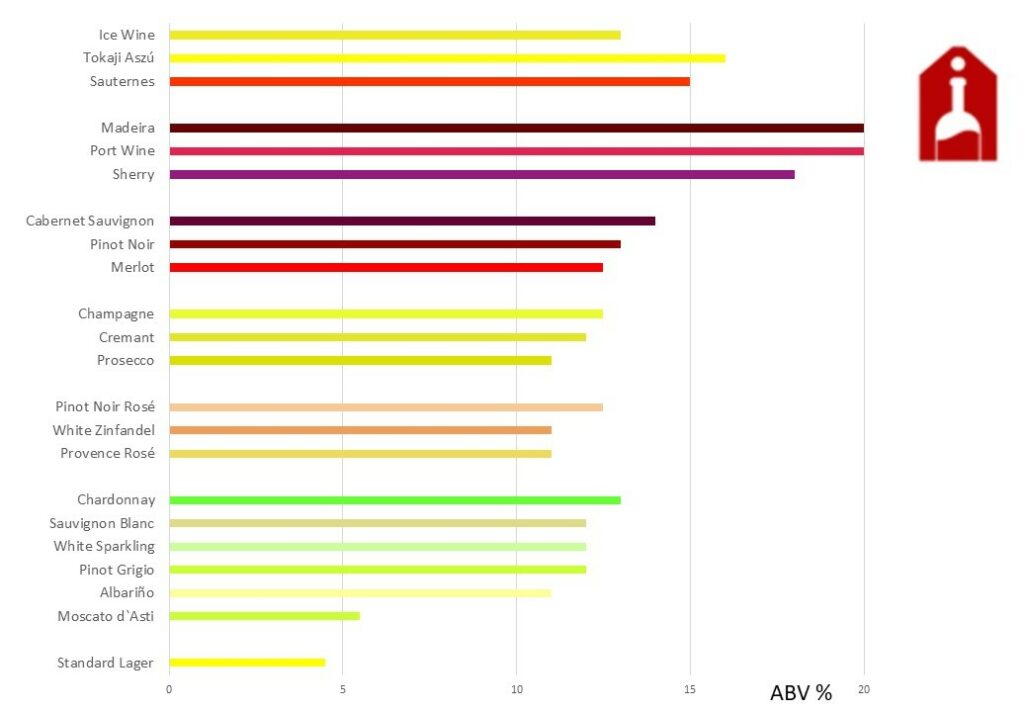
Both Sauvignon Blanc and Chenin Blanc offer delightful drinking experiences with their unique flavors and aromas, enthusiasts who actively seek out certain characteristics in their white wines may find themselves drawn towards one or the other based on their preferences for either lower or slightly higher alcohol content.
Ultimately, exploring different wine styles from within these versatile grape varietals can be an enriching endeavor for wine lovers looking to refine their palates further.
Food pairing of Chenin Blanc and Sauvignon Blanc wines
When it comes sweet wine to food pairing, two white wines – Sauvignon Blanc and Chenin Blanc – can elevate your dining experience in different ways. Sauvignon Blanc is known for its crisp acidity and vibrant fruit flavors. This makes it a refreshing choice to pair with lighter dishes like seafood, salads, and goat cheese.
The zesty citrus notes of Sauvignon Blanc can cut through the richness of these spicy dishes. It creates a harmonious combination on the palate that leaves you craving for more.
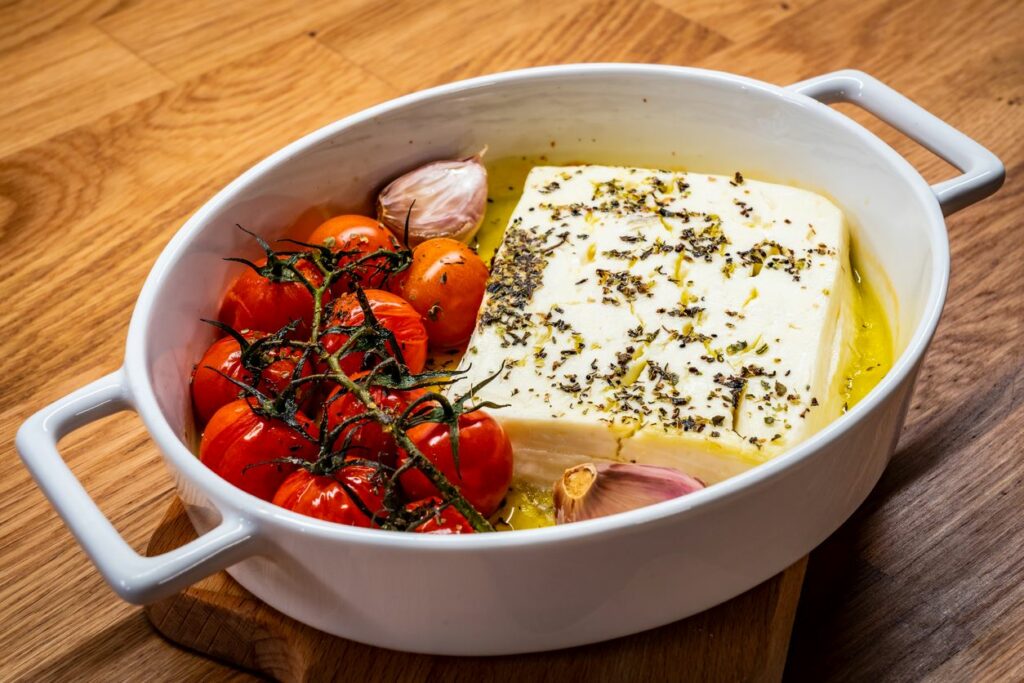
On the other hand, Chenin Blanc brings its own unique characteristics to the table. With its versatile nature ranging from bone-dry to lusciously sweet styles, Chenin Blanc pairs effortlessly with a wide array of foods as well as spicy foods.
The sweeter chenin blanc with its honeyed undertones and tropical fruit flavors can complement rich and bold flavors such as roasted chicken or spicy Asian cuisine.
When selecting a Chenin Blanc, consider the style that matches your preferred food profile. Whether you prefer an off-dry bottle for spicier dishes or an unoaked version for lighter fare.
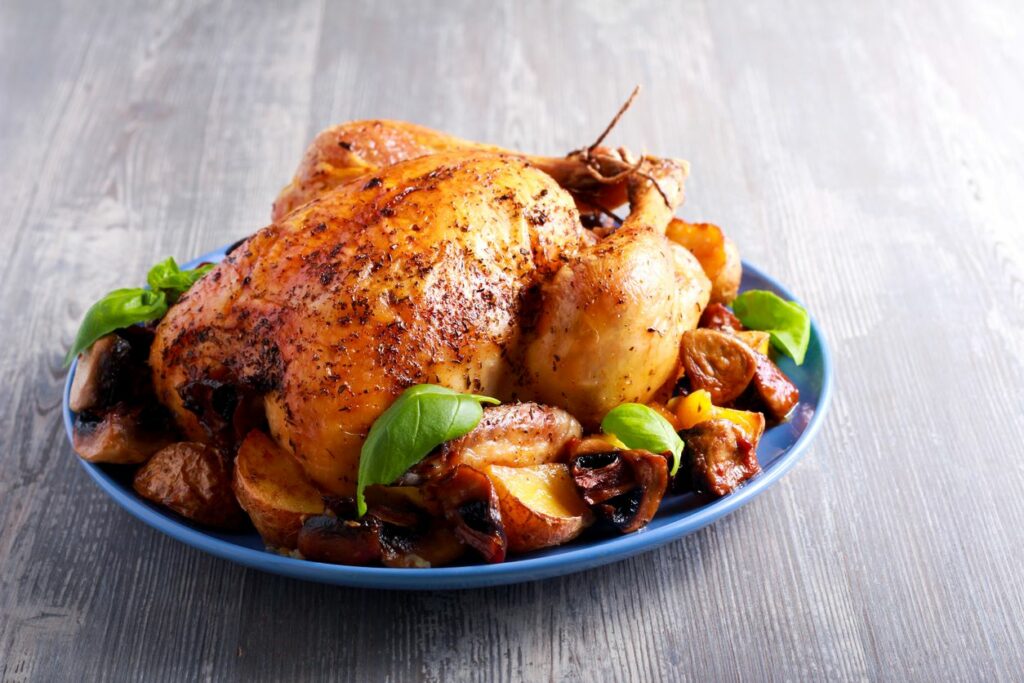
How to serve Sauvignon Blanc vs Chenin Blanc
When it comes to serving Sauvignon Blanc versus Chenin Blanc, there are a few key differences to consider. Firstly, the temperature at which you serve these wines can greatly impact their flavors and aromas.
While both should be chilled, Sauvignon Blanc is best served at a slightly cooler temperature of around 45-50°F (7-10°C). Thiy way you enhance its vibrant acidity and zesty citrus notes.
How do you drink Chenin Blanc wine?
On the other hand, Chenin Blanc can benefit from a serving temperature at a slightly warmer temperature of around 50-55°F (10-13°C). It allows to bring out its rich honeyed flavors and floral undertones.
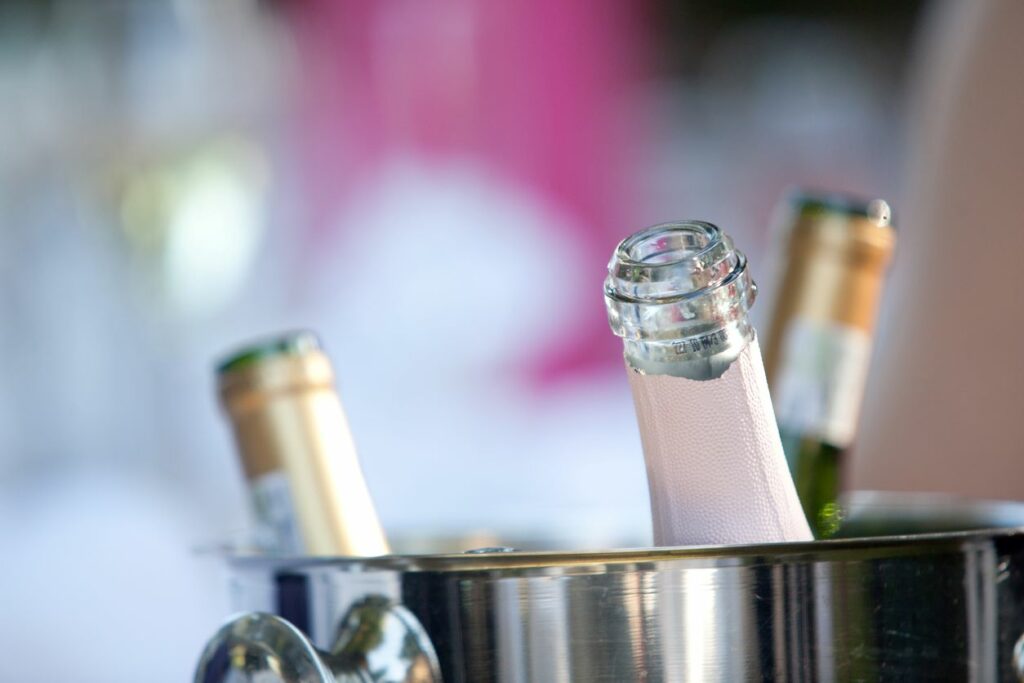
Another important aspect to consider when serving these two varietals is the glassware. For Sauvignon Blanc, opt for a smaller tulip-shaped glass. The shape will concentrate its aromatic compounds towards your nose as you take each sip.
This style of glass will amplify the distinct grassy and herbaceous aromas characteristic of this wine. In contrast, Chenin Blanc benefits from being served in a larger bowl-shaped glass that allows more space for oxygenation. It enhances its complex fruity profile and allowing its subtle nuances to shine through.

Final Thoughts: Chenin Blanc vs Sauvignon Blanc
Sauvignon Blanc and Chenin Blanc are popular white wines that offer their own unique characteristics and flavors. Sauvignon Blanc is known for its refreshing acidity, vibrant citrus notes, and grassy undertones. This makes it a great choice for those who prefer a crisp and zesty, dry white wine too.
Chenin Blanc, on the other hand, offers a more complex profile with its range of flavors. It includes tropical fruits, honeyed aromas, and sometimes even hints of earthiness. Ultimately, the choice between these two wines comes down to personal preference and the occasion.

